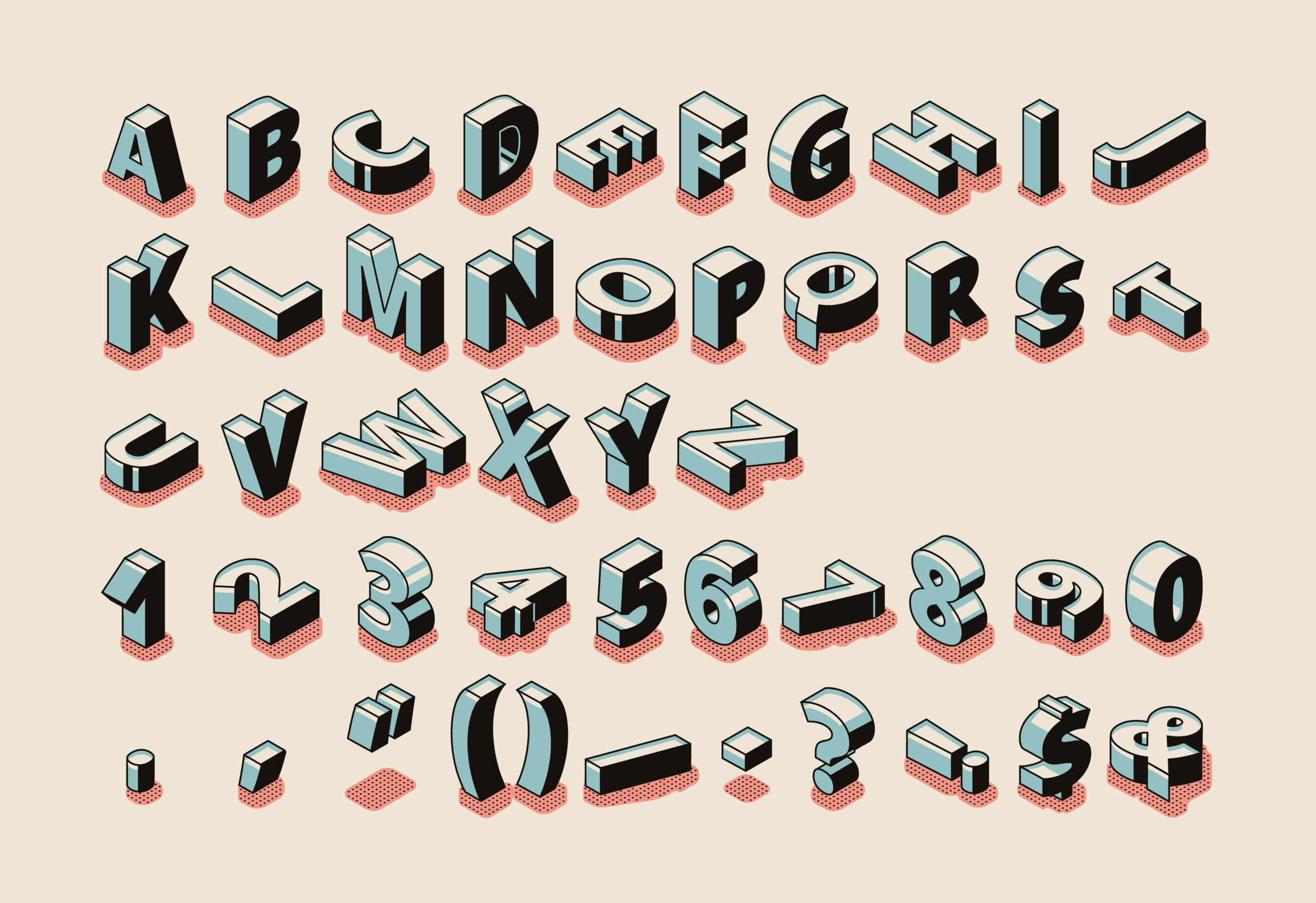Whether designers like it or not, users place certain expectations on their products. Think about the first time you use a new device. You already have an idea of how the interface might work. For example, you might be able to locate internet browsing apps or music streaming apps. This is all part of the user mental model.
Mental models organize the world around us into cognitive representations. They save energy by ensuring that we don’t have to figure everything out from scratch. When it comes to technology, these models are extremely helpful.
UX designers should always aim to figure out the mental models of their users before creating. After all, this is one of the most vital concepts in human-computer interaction (HCI). If you can crack the code of your users, you can design something genuinely useful for them. And when your users are satisfied, they’re likely to keep using your product.
This guide explains everything you need to know about mental models in UX.

What Is a Mental Model?
Before we begin, it’s important to answer the primary question: what is a mental model?
Jakob Nielsen of the Nielsen Norman Group defines mental models as “what the user believes about the system at hand.” In theory, this sounds simple.
Mental models are what users reference to make their lives easier. Every time they use a digital product, they refer back to what they already know. This could be an experience of using the same device, similar apps, or another key memory. It helps them to use the product with minimal effort.
Ideally, UX designers should create products with these mental models in mind. However, it’s crucial to remember that these models are beliefs, not facts. In an ideal world, users have a model in mind that closely mirrors reality. However, this is not always the case.
Individual users all have their own mental models. As a result, different users can have different ideas of the same thing. In fact, designers have their own mental models, which is why they may think their product is easy to understand. The trick is to push past these beliefs and try to understand the mental model of your users.
Jakob’s Law of the Internet User Experience states that users spend most of their time on websites other than yours. So, you need to understand other influences that might affect your users. For example, the UI of your competitors’ sites, the device they most commonly use, and so on.
What’s Included in a User’s Mental Model?
The fact that different users have different ideas and habits can complicate the process of designing. After all, if you don’t adhere to the user’s mental model, the mismatch can cause frustration. As a result, users might not like or continue to use your product.
Fortunately, many user mental models involve the same things, at least for familiar user interfaces (UIs). For example, if a user wants to buy something online, they can go to a new store. They’ll still have an idea of what an e-commerce site looks like.
Many users expect:
- Buttons to appear in a colored box.
- A logo in the top left corner of a site.
- A search box in the top right corner of a site.
- The shopping cart appears in the top right of an e-commerce site.
- Links to appear in a different color text or with an underline.
These are just a few typical conventions that users are familiar with. While design teams have the option to change anything they want, it can cause frustration for the user. They may not be able to find something, or they might overlook something important.
What Effect Do Mental Models Have on the Decision-Making Process?
So, what effect do mental models have on the decision-making process? They shape how the user perceives the world and makes decisions. In theory, they help the user to make rational, informed, and more efficient decisions. In practice, however, these can lead to biases or errors.
Relying on these models without considering their limitations can lead to poor decision-making. Or, the user might use a model that doesn’t apply to the context at hand. Of course, most users are unaware of the user habits they hold, so the onus is on the designer.
Generally, design teams should try to conform to the user’s mental model as much as possible. As a result, existing models can constrain the creative decisions the team makes. However, there are times when you may decide to go against the grain.
When challenging existing mental models, the perceived value of the product must be high enough for the user to adapt. More often than not, users want to use products that align with their ideas. So, if you seek to change that, your value proposition must be high.
You also need to factor in additional steps to help the user adapt. This includes instructions and tutorials or visual cues to guide them.
User Mental Model Example
Jakob Nielsen’s famous user mental model example is about search engines. Users often load the default search engine, like Google, and search “Bing” or “Yahoo.” Conversely, “Google” is a common search term for these other engines. Yet, the user could open their browser and type “www.bing.com” into the URL field instead.
However, many users do not have an accurate model of the “type-in boxes” function. They do not always know what to type, where to type it, and how each box functions. This classic example shows that users cannot distinguish between similar type-in boxes. The lesson here? Avoid multiple search features.
This is not a hard-and-fast rule, though. For example, Nielsen also points out that multiple search functions work well on an employee intranet. In most users’ habits, searching for a colleague is not a “search.” It is looking up a person, not seeking information. However, for the developer, this is a similar prospect.
Many users also don’t understand other common differences, such as the following:
- A window vs. an application.
- An icon vs. an application.
- Local vs. remote (cloud) information.
- Operating system windows vs. browser windows.
Essentially, a mental model is present wherever there are user expectations. In UX, user expectations are everywhere. This is why it can be complicated trying to appeal to your users’ preferences. Fortunately, there are ways to discover what the overarching mental model is.

Uncovering the Shared Mental Model
UX research is a crucial part of the design process. During this phase, you can figure out what the users’ shared mental model is.
Popular research techniques include:
- User interviews
- Contextual inquiry
- Surveys
- Card sorting
In particular, contextual interviews are helpful. The researcher can gain a deeper understanding of the user’s mental model beyond their conscious understanding. A user might miss things during a standard interview or survey, but a contextual inquiry avoids this.
Testing During the Design Process
While an initial inquiry is helpful, you should refer back to your users throughout the process. So, after you have created wireframes or prototypes, test your designs. You will be able to see how the user interacts with your design and if it fits their user habits. If it doesn’t, you can assess whether the change is worth it and how to educate your users to adapt.
The “thinking aloud” user testing method is very useful. It involves the user testing the product while verbalizing their thoughts. The researcher can use this method to find out what the user believes and predicts. With this information, you can piece together the mental model.
Generally, quick and easy research methods like this do the trick. There are, of course, some more advanced methods, but “thinking aloud” works for most design teams.
Why Carry Out User Research?
When you have a better understanding of how your system works within the users’ habits and ideas, you can design better. Your products will be more intuitive and ultimately satisfying for the user. Plus, re-testing down the line ensures you can correct a mismatch before releasing the product.
Alongside user research, you can also conduct competitor research. Find out how your competitors’ systems work; this will show you what your users are comfortable with. Hopefully, you’ll be able to see where it makes sense to go with the flow and where you can innovate.
How To Fix a Mental Model Mismatch
Even with the best intentions, there may be a mismatch between the user’s mental model and the product. With any luck, user testing can address these issues before the product goes live.
There are two ways to resolve the issue:
- Change the system: Make the system conform to mental models. Figure out your users’ models using the above methods, then alter your system to suit it.
- Educate your users: Improve your user’s models so they accurately reflect your system. There are several ways to do this, from labels to pop-ups.
For example, let’s say your users repeatedly miss an important button due to its placement. If you catch this during user tests, you can change it to make sure it conforms to existing mental models.
However, there are some instances where you cannot change the system or layout. Or, you might intentionally introduce an innovative, novel function. Fortunately, there is still a way to address this.
In some cases, you may be changing the way an existing product works. This can also lead to a mismatch. In this case, make sure you alert your users that change is going to occur. Let them decide when to make the switch with an optional system update. Then, educate them about any changes as they occur.

Using Mental Models to Design a Great User Flow
With all of this in mind, you can start to create a product that’s helpful for your users. However, it’s always important to keep in mind that each user has a subjective mental model. People have different comfort levels, varying requirements, and pay attention to different things.
As a designer, you have an intimate knowledge of your system and many others. As a result, you might assume that everything is intuitive. That’s why it’s important to figure out what your users’ models are.
With these in mind, you can start to create a user flow. This is a visual representation of how the user will navigate your product. Here’s how to design a great user flow:
- Research the user to learn about their mental models.
- Identify user pain points and use the model to anticipate their actions.
- Develop features that address these pain points in the quickest way possible, in line with their probable actions.
- Refine the product with frequent user testing.
Ultimately, it’s an iterative process. Just because users have a certain mental model does not mean that designers can’t be innovative. You can still develop a unique user flow and journey, but this takes a lot more work.
Learn More About UX With Page Flows
Knowing about the user mental model can help design teams create products that satisfy users. However, it’s important not to fall into the trap of thinking that you cannot innovate. As a rule of thumb, you should only introduce new UX solutions sparingly. That way, you can meet users’ expectations while still introducing novel and helpful designs.
Meanwhile, if you’re looking for design inspiration, why not learn from proven products? Page Flows is a great resource for finding interaction design ideas. Get started today to access our growing library of user flow recordings and stay up-to-date with current design trends.





